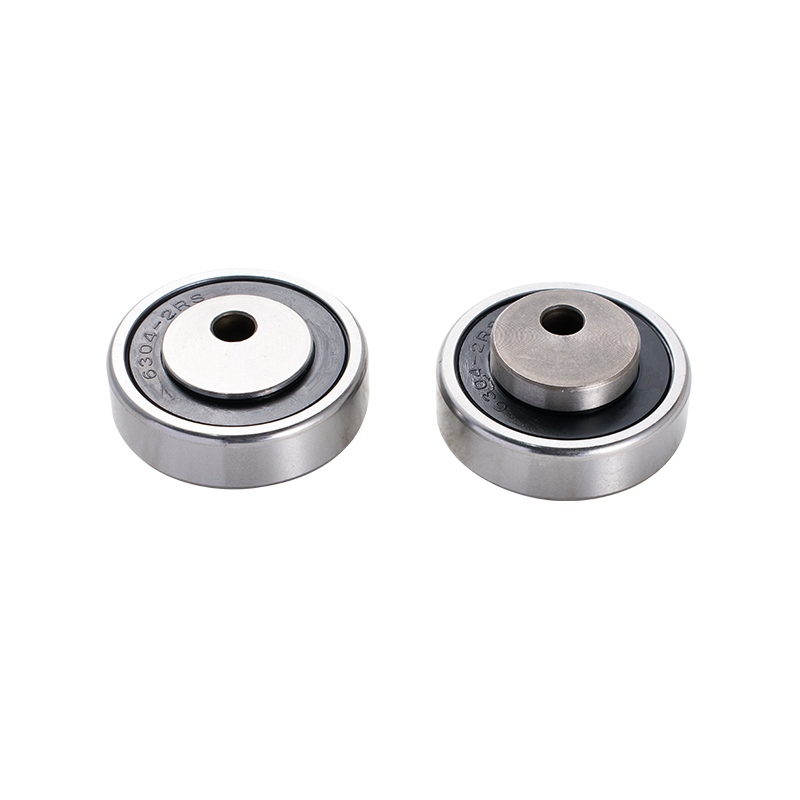When it comes to the performance of bearings in various industrial applications, the distinction between single and double row radial bearings often takes center stage.
Understanding Double Row Needle Bearings

Double row needle bearings, with their compact design and high load-carrying capacity, are a popular choice in applications where space is at a premium. The unique arrangement of needles in double row needle bearings allows for a more efficient distribution of radial and thrust loads. This results in a longer service life and greater reliability, making them an attractive option for machinery that demands precision and durability. The double row needle bearing's design ensures that the load is evenly distributed across twice the number of rolling elements compared to a single row bearing, thereby enhancing performance under high load conditions.
Double Row Radial Ball Bearings: good for High-Speed Applications
In the world of high-speed machinery, double row radial ball bearings play a crucial role. These bearings are designed to handle high speeds and are commonly used in electric motors, pumps, and other equipment where high rotational speeds are the norm. The double row radial ball bearing's ability to maintain precision and reduce friction at high speeds is unmatched. The presence of two rows of balls in a double row radial ball bearing allows for greater load capacity and a more stable operation, which is essential for maintaining efficiency in high-speed applications. The design of double row radial ball bearings also helps in reducing noise and vibration, which is a significant advantage in environments where noise pollution is a concern.
Double Row Self-Aligning Bearings: The Flexibility You Need
For applications where misalignment is a concern, double row self-aligning bearings offer a robust solution. These bearings are designed to accommodate angular misalignments, making them ideal for applications where the load is not greatly aligned. The double row self-aligning bearing's flexibility in accommodating misalignments reduces stress on the bearing and extends its service life. This feature is particularly beneficial in heavy machinery and equipment where alignment greation is challenging to achieve. The double row self-aligning bearing's design provides better load distribution, which reduces the risk of premature failure due to uneven load distribution. This makes double row self-aligning bearings a popular choice in industries where reliability and longevity are paramount.
Comparing the Performance
When comparing the performance of single and double row radial bearings, it's clear that each has its strengths. Single row bearings are simpler, more cost-effective, and suitable for applications with lighter loads and lower speeds. However, when it comes to heavy loads, high speeds, and the need for self-alignment, double row bearings excel. Double row needle bearings, double row radial ball bearings, and double row self-aligning bearings each offer distinct advantages that make them outstanding to their single row counterparts in specific scenarios. The double row needle bearing's compact design and high load capacity, the double row radial ball bearing's suitability for high-speed applications, and the double row self-aligning bearing's ability to handle misalignments all contribute to their widespread use in various industries.
Whether it's the double row needle bearing for compact high-load applications, the double row radial ball bearing for high-speed environments, or the double row self-aligning bearing for misaligned loads, understanding the unique characteristics of each bearing type is crucial for ensuring good performance and longevity in your machinery.



 English
English русский
русский
